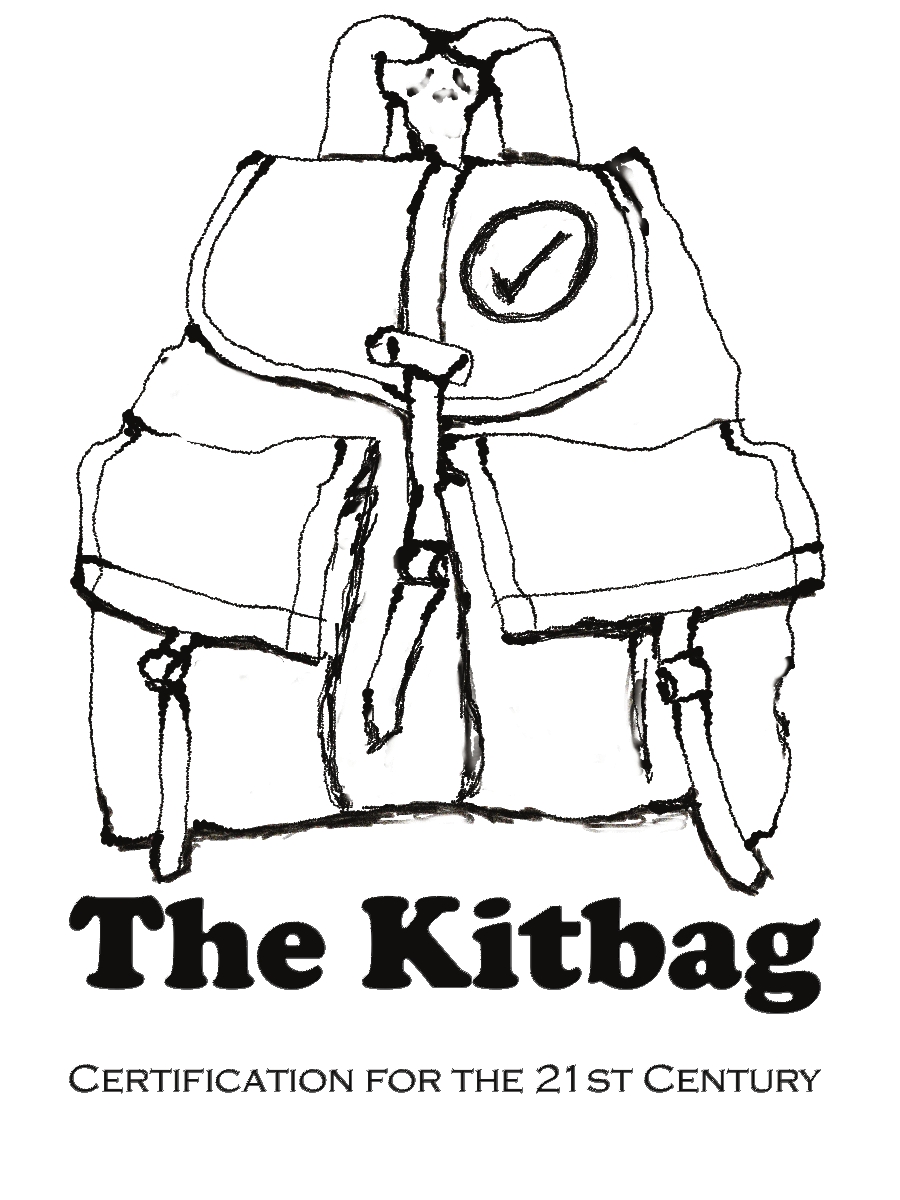This blog focuses on the role of the scheme owner. But, let’s be clear that while the scheme owner is a central player, there are others that have crucial roles. Previous posts have included some elements related to standards development with some references to auditing. In this post I wanted to look at the big picture of how assurance is managed, in what I think of as an ‘assurance ecosystem’.
Before going any further, I want to be clear that while all well run standard systems include all the elements discussed below, who does what and how oversight is conducted can vary greatly. This can be due to the objectives of the scheme owner, the nature of the industry or in response to the way an industry sector or key resource is managed internationally or in specific countries.
A fully functioning assurance ecosystem includes several players, each with their own responsibilities. The diagram below is a highly simplified map of the players and the primary relationships of each.
Assurance Ecosystem
For this post, as with the all the posts on this blog, the central player in our assurance ecosystem is the scheme owner.
In most cases the scheme owner is responsible for:
- the standard itself, including its development, maintenance and interpretation;
- the rules for the assurance system including the documented policies, processes and procedures that govern its application; and,
- the day to day management of scheme operations including oversight, monitoring and evaluation, risk management, and business operations such as marketing, finance, personnel, etc.
Some schemes delegate some of these responsibilities to other organizations. However, the scheme owner is always ultimately responsible for the scheme. For example:
- In the case of organizations such as MSC and RSPO, they act as scheme owner and they have assumed all these three core responsibilities.
- In the case of FSC, it established a global set of ‘Principles and Criteria’ that standards must address and works with affiliated national and regional organizations who assume the role of a standards development organization (SDO). FSC, the scheme owner, endorses those standards that conform to its system requirements.
- In the case of ASC, the standard was developed by a group of semi-autonomous bodies, the aquaculture dialogues that were set up by WWF, and the completed standards were given to ASC who now undertakes all the responsibilities of the scheme owner.
The other three players on the assurance ecosystem map (AB, CAB and client) have their own roles to play.
The accreditation body (AB) has the job of providing "third-party attestation related to a conformity assessment body conveying formal demonstration of its competence to carry out specific conformity assessment tasks (ISO 17011:2004 3.1)". In plain English, its job is to make sure that the CAB has the competence and capacity to carry out audits for a scheme. For some schemes, the accreditation body works in a single country, such as DAkkX in Germany or ANSI in the US, or the accreditation body works internationally, such as IOAS, SAAS or ASI.
The conformity assessment body (CAB) - sometimes referred to as the 'certification body' or the auditor - has the job of carrying out audits against the scheme owner's standard following the policies, practices and procedure specified by the scheme owner. CABs can range from large multinational organisations such as Bureau Veritas, SGS or TÜV to small organisations with only a few staff working in single country or region.
The client, that is the applicant for certification or, when certified, the certificate holder, has the job of making sure that the product, process or service conforms to the standard.
The assurance ecosystem is almost never a single organization that does everything. As a result, the task of assuring that each certificate means that the same minimum performance level has been achieved for each certificate is a challenge that requires skills of facilitation, negotiation, management, collaboration and communication.
In brief, the challenge of being a scheme owner includes the skill and capacity to partner with specialist organization in a range of roles and responsibilities in a way that respects the the scheme owner and their specialist roles so that the whole ecosystem delivers consistently high quality.

